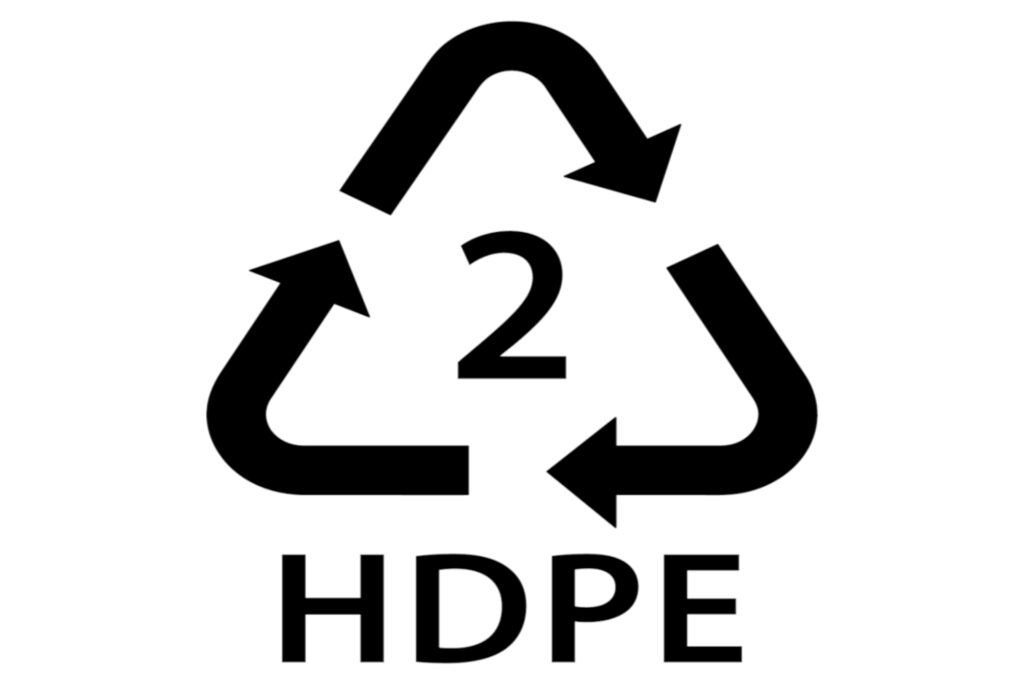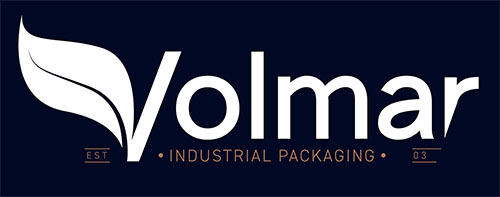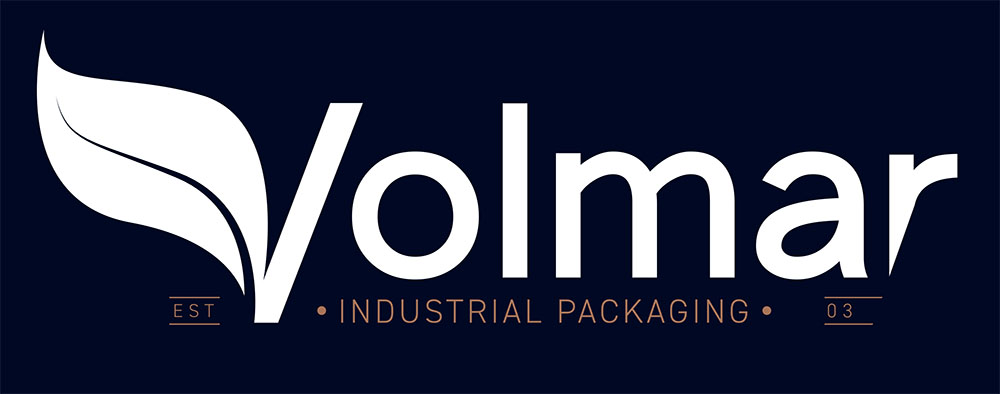
Polyethylene is one of the most commonly used materials in food packaging worldwide. It is a thermoplastic resin estimated to make up 40% of plastic production globally.
It is preferred over other materials suitable for packaging as it is more flexible and lightweight, and its manufacturing processes also make it cheaper.
There are two types of formulations on sale: HDPE and LDPE. This article will analyze their characteristics and the differences between them.
What is HDPE?
HDPE stands for high-density polyethylene, a plastic material that is flexible and resistant thanks to its linear molecular structure (with no branching). The term “HDPE” is derived from the combination of HD, which stands for “high-density” and PE, the chemical symbol for polyethylene.
It is a durable, lightweight material that is resistant to various factors, including corrosion and high temperatures up to 110° Celsius continuously and 120° for short periods.
The differences between HDPE and LDPE
The main difference between HDPE and LDPE is their density. Polyethylene has a chemical structure that creates a non-linear (or low-density) and a linear (high-density) polyethylene through the breakdown of atoms.
Due to its density, HDPE is recognized as a durable, lightweight and flexible material. It is chosen for a number of very specific applications that require a high level of resistance, quality and safety. These characteristics are crucial for the food sector.
LDPE is less dense than HDPE. However, it is highly impermeable to water, it is not reactive at room temperature and it is resistant to high temperatures up to 95° for short periods and 80° continuously. In the food industry, one of its most common uses is in packaging containers, trays and receptacles, disposable containers for liquids like fruit juice or milk, and other types of food containers.
HDPE in packaging
The plastic material HDPE is used in various fields but is particularly popular in the food sector because its high density makes it hard, rigid and opaque, so it is therefore the most suitable plastic packaging for products such as water bottles or milk containers. Polyethylene can be described as a food-safe material.
The previous mentioned characteristics make it suitable for contact with food at the time of packaging. It is non-toxic, tasteless and odorless, so it can be used for all types of packaging with no risk of contamination.
Another particularly important factor that favors the use of this material in packaging is that it is easy to recycle. The fact that it can be recycled can significantly reduce the environmental impact and the accumulation of waste, without compromising the quality or preservation of products.
Eco-friendly packaging has a positive impact on the circular economy and assists with environmental objectives. The green packaging sector is one that is estimated to grow by 60% by 2028, and according to the European Consumer Packaging Perception study, 75% of European consumers prefer eco-friendly packaging to traditional packaging.

